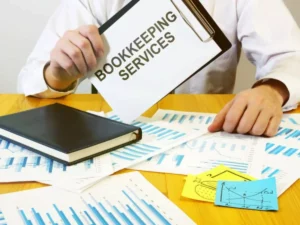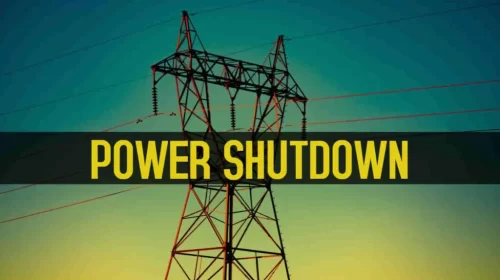Content

Companies benefit from automating the approval process of both PO invoices and non-PO invoices. And the entire organization will benefit from better control of the AP process, as well as increased visibility of financial metrics and company spend. By following these simple steps when creating a purchase order, businesses can streamline their procurement process while ensuring smooth transactions with suppliers. Creating a purchase order is relatively straightforward – many businesses use templates which include all of the necessary fields such as item description, unit cost and total cost. Once completed, the buyer sends it over to the supplier who will then confirm receipt before fulfilling the order. Non-PO invoices are generated outside of a formal purchase procedure, in contrast to PO invoices, which are the outcome of an established procurement process.
What is the difference between sales order and purchase order and invoice?
Sales orders are sent by suppliers to buyers after receiving a purchase order from the buyer – verifying details and the confirmation of the purchase. Invoices are sent by supplier to request a payment from a buying party once goods or services have been fully delivered by the supplier.
For example, if the buyer request 30 days for their payment terms, the invoice should state that the payment due date is in 30 days. A successful business may feel confident in a handshake deal or take the word of a trusted long-time vendor. It’s crucial to protect yourself https://www.bookstime.com/articles/purchase-order-vs-invoice should a problem or disagreement occur. On the other hand, a complete Magento POS system offers more advanced capabilities, including inventory control, supplier management, loyalty programs, and more. Since POs are legally binding, they do not require a separate contract.
Streamline your invoicing process with a template for creating invoices
This guide will provide comprehensive explanations of the two procurement terms, what each one entails, and how they really differ from one another. Running an eCommerce business accurately and efficiently requires a ton of documentation. All of this “paperwork” (whether printed or virtual) requires excessive time and understanding.
Additionally, most businesses have a multi-tiered approval procedure based on the type, value and location of non-PO bills. Regardless of the type of invoice used, it’s essential to understand its purpose and how to use it effectively. Then, with the right invoicing practices, small business owners can ensure timely and accurate payments, maintain accurate financial records, and avoid customer disputes. Typically, it will have the buyer’s and seller’s names and addresses, a description of the goods or services being purchased, the quantity and price of the items, the delivery date, and the payment terms.
What Is Included in an Invoice?
Once you receive all of your goods or services, it’s time to request payment from the buyer. Non-PO invoice processing might provide shortcuts within a business unit, but it can also be time-consuming. The effort for processing non-PO invoices grows dramatically in a manual system. This causes a delay in appropriate cost accounting, which means the invoice might sit for weeks without being paid.












